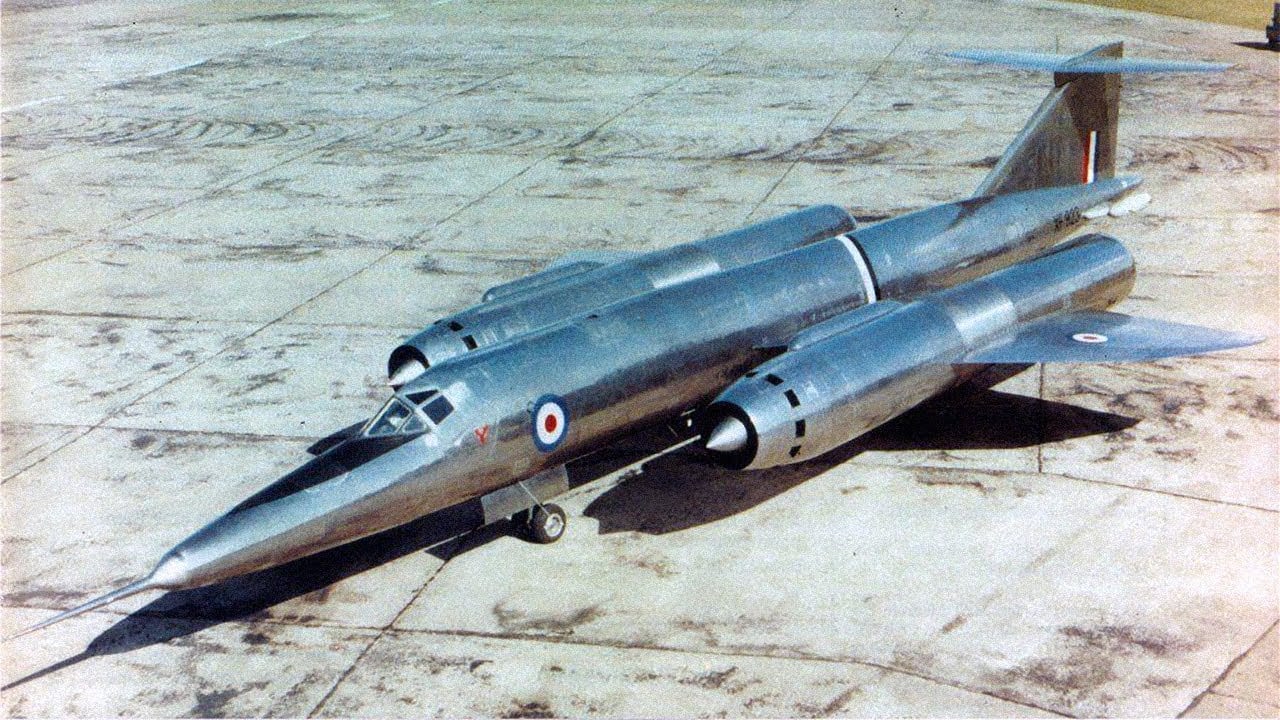Russia's invasion of Ukraine has acted as a critical litmus test for the U.S. Army's modernization strategy, affirming that current priorities align with real-world combat needs. Gen. James McConville, the Army's chief of staff, emphasized the importance of combat leadership, logistics, and the ability to execute combined-arms operations effectively. Insights gained from Ukrainian military leaders have highlighted the necessity for long-range precision fires, which is now the Army's top modernization focus. This includes the upcoming deployment of systems like the Precision Strike Missile and Extended Range Cannon Artillery, aimed at enhancing the Army's capability to engage targets from a safe distance while minimizing risk to personnel and assets.
The implications of these developments extend beyond immediate tactical advantages; they signal a broader shift in military doctrine towards integrated, multi-domain operations. The Army's commitment to countering unmanned aerial systems and developing next-generation combat vehicles reflects a proactive approach to emerging threats. As the service prepares for future vertical lift capabilities and a resilient battlefield network, the emphasis on speed, range, and convergence of firepower will be paramount. This strategic pivot not only enhances the Army's operational readiness but also positions it to respond effectively to evolving global security challenges.








